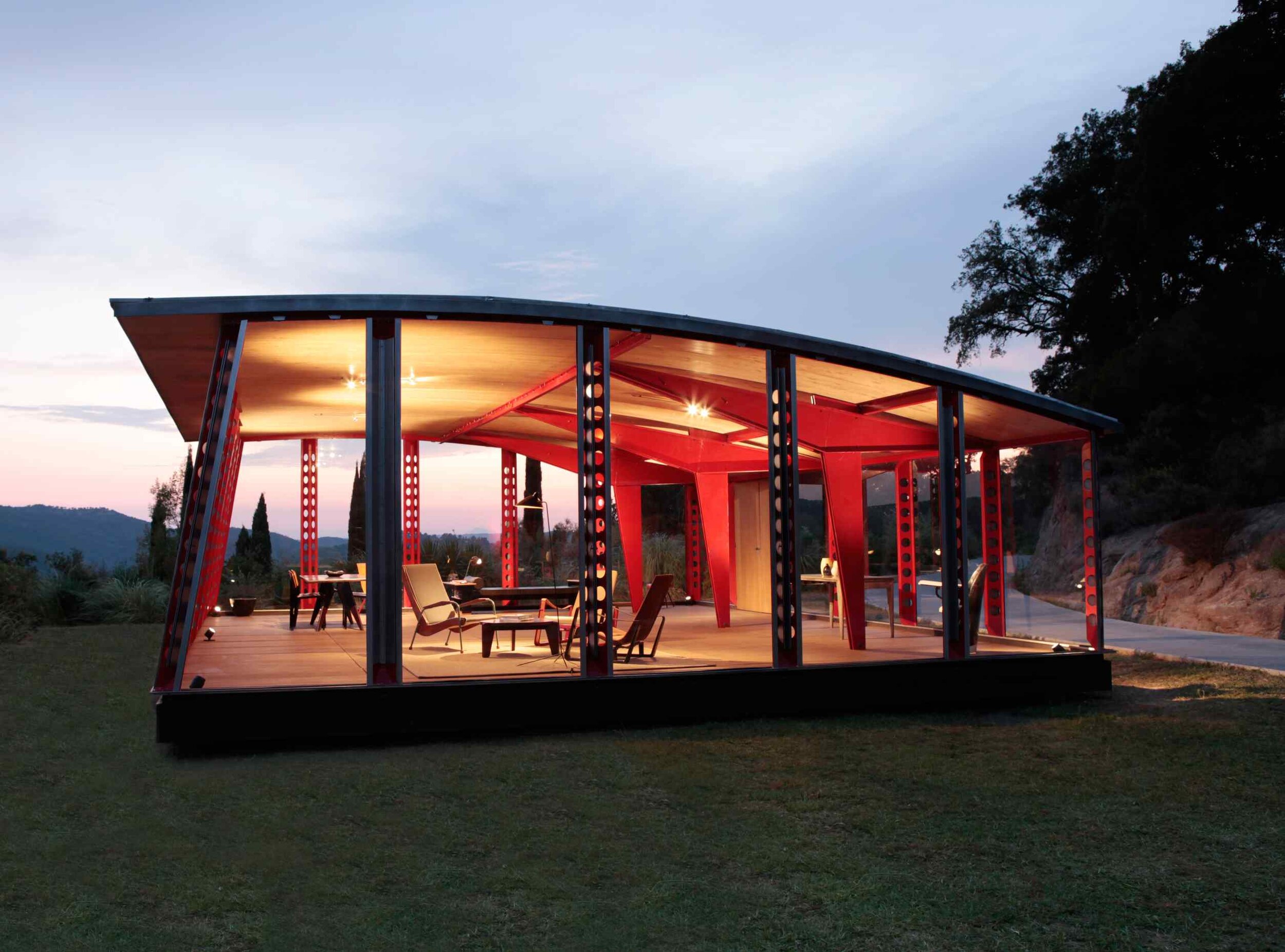Galerie Patrick Seguin opens in London
An exhibition of Jean Prouvé’s prefabs kicks things off with a bang
Paris’ Galerie Patrick Seguin is something of a mecca for those who love 20th-century French design, and on Sunday October 11 it opens its doors in London’s Mayfair, an area rapidly becoming something of a design district.
Much like the Paris gallery, this 65sq m space on Brook Street, next to Claridge’s, will feature an alternating programme of art, architecture and design highlighting the work of French modernists, including Charlotte Perriand, Le Corbusier, Pierre Jeanneret, Jean Royère and Seguin’s speciality Jean Prouvé, an exhibition of whose works opens the space.
This inaugural show (running until Saturday December 19) is dedicated to two of Prouvé’s most important demountable houses – the prefabricated, portable structures he designed in the aftermath of the second world war, when affordable buildings were in short supply. Collectors include Miuccia Prada, Azzedine Alaïa, Maja Hoffmann and Richard Prince, and Seguin is regarded as the foremost dealer – even owning 20 himself. Displaying the built structures in a gallery setting presents a serious challenge, so it’s an ambitious show to open with.
The first house, seen at Design Miami/Basel in June, is an adaptation of Prouvé’s 6x6 Demountable House (1944, €1.25m) by award-winning architecture practice Rogers Stirk Harbour + Partners. It combines Prouvé’s original metal and wood structure with added modern conveniences, including a satellite bathroom and kitchen, and solar power. Originally designed to house displaced victims of war in Lorraine, France, the 6x6 will be represented in the gallery by its frame (along with other 6x6 related items) and furnished with midcentury pieces that complement the original aesthetic.
The second ambitious work, Temporary School at Villejuif (1956, €3.5m, pictured), is an asymmetrical structure made of sheet-steel props that support a wooden cantilevered roof. Exhibited earlier this year at Gagosian in New York, this building was the architect’s response to the need for versatile rooms and is considered a milestone of 20th-century architecture and engineering.
“Prouvé was a visionary and his historic and inspiring structures were so ahead of their time,” says Seguin. “The inherent beauty of many of his creations is obvious, but he never claimed his work was intended to be aesthetically pleasing. It is rather the perfect match of form and function. He is, and will remain, a modern icon.”
